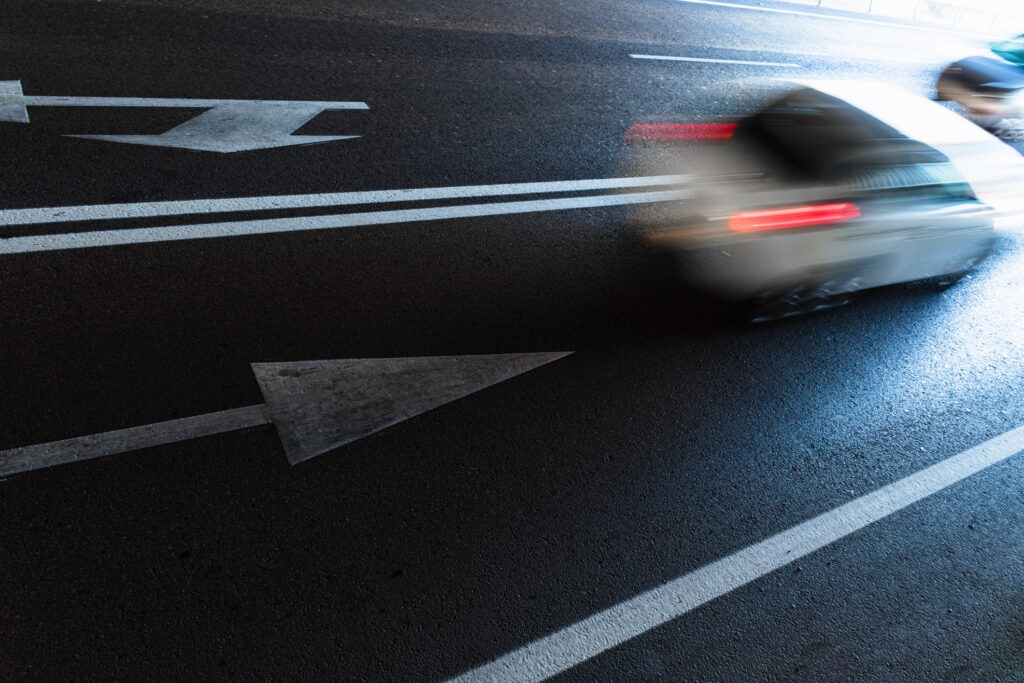The Automotive Update: ACEA highlights European automotive priorities
17 January 2025

ACEA calls on the EU to act, the European Car of the Year is crowned and the new Tesla Model Y breaks cover. Phil Curry, Autovista24 special content editor, reviews this week’s major stories.
As well as a renewed European outlook from ACEA, some major automotive headlines broke this week. China’s EV exports are expected to stall and the world’s largest oil company is investing in lithium production.
Meanwhile, BMW increased its recycling efforts and Renault took home a prestigious award. Major model news was also announced, as Mercedes-Benz revealed its expanding partnership with Google.
Subscribe to the Autovista24 podcast and listen to previous episodes on Spotify, Apple and Amazon Music.
ACEA outlines European priorities
Newly appointed ACEA president, Ola Källenius, addressed EU leaders in a letter this week. He highlighted what the automotive sector requires to ensure future competitiveness and decarbonisation.
Källenius stated that instead of a penalty-driven approach, the industry needs a market-driven pathway to decarbonising. This includes finding a solution to the disproportionate costs of compliance with the 2025 CO2 target for cars and vans.
The ACEA leader noted the need to promote new approaches to create worldwide, mutually beneficial trade relations. This is especially important with the re-election of Donald Trump. The president-elect has spoken favourably of large tariffs on imports from Europe and other regions.
ACEA members integral
‘ACEA members are an integral part of the American economy and the local communities they call home. We look forward to working with the incoming administration on policies that help to grow and develop the US manufacturing and auto industries, as well as EU-US trade relations,’ Källenius stated.
The letter follows S&P Global’s credit outlook for 2025, which highlighted the risks high tariffs pose to carmakers. The report identifies Volvo and Jaguar-Land Rover as being particularly exposed to tariffs on European imports.
General Motors and Stellantis are at risk from tariffs on imports from Mexico and Canada. Toyota and Hyundai Motor Group have low exposure if no additional duties are applied to imports from Japan and Korea.
Chinese EV export stall expected
Chinese carmakers currently dominate the global electric vehicle (EV) market. Last year, the country’s car and light-truck exports increased by 25% to 4.8 million units.
However, the China Passenger Car Association has forecast that plug-in exports will stall in 2025 with no growth. A decline in exports to Russia is expected. Meanwhile, the pressure of EU tariffs on battery-electric vehicles built in China will increase.
Yet, there may be a solution to avoid EU tariffs. Chinese carmakers are considering building models in Volkswagen (VW) factories that are slated for closure, as reported by Reuters.
This would allow China to build influence in Germany’s automotive industry while avoiding tariffs. On the other hand, this move could be politically sensitive, with VW representing a symbol of Germany’s industrial prowess.
Expanding investment in lithium
The world’s largest oil company, Saudi Aramco, is expanding its investment in lithium production. The company aims to commercially produce the material in a project with Ma’aden. The collaboration sees the formation of a minerals exploration and mining joint venture in the Kingdom of Saudi Arabia.
The project focuses on energy-transition minerals. This includes extracting lithium from high-concentration deposits and advancing cost-effective direct lithium extraction technologies. Commercial lithium production could commence by 2027.
The move would help Aramco diversify its offering as the world moves away from oil and towards greater sustainability.
Renault’s repeated success
The European Car of the Year award was announced at the Brussels Motor Show this week. Renault repeated its 2024 success, with the new Renault 5 crowned alongside its performance version, the Alpine A290.
The qualities of these two models, based on the AmpR Small platform, convinced a jury of 59 motoring journalists. The Renault 5 E-Tech and Alpine A290 scored 353 points, well ahead of the Kia EV3 in second which scored 291 points.
The Citroën C3 and e-C3 came third with 215 points. Fourth place went to the Hyundai Inster with 172 points, while the Dacia Duster was fifth with 168 points. The Cupra Terramar was sixth with 165 points and Alfa Romeo Junior took seventh with 136 points.
New Model Y unveiled
Tesla has officially unveiled its revised Model Y. The new design features a sleeker headlight and taillight layout. It is expected to have a shorter 0-100 kph acceleration time of 4.3 seconds.
Meanwhile, Mazda revealed its new European-focused BEV at the Brussels Motor Show. The Mazda 6e will go on sale in left-hand drive European markets this year before arriving in UK dealers in the first half of 2026. The sedan is offered with a choice of 68.8kWh or 80kWh battery.
The 68.8kWh version offers a range of up to 479 km that can charge from 10% to 80% in just 22 minutes. Alternatively, the 80kWh version offers up to 552km and will charge from 10% to 80% in 45 minutes.
The Polestar 7 also broke cover this week. The premium compact SUV is planned to be manufactured in Europe. No specifications for the new addition to the brand’s lineup have been shared yet.
Connected collaboration
Mercedes-Benz and Google Cloud announced the expansion of their strategic partnership. The two companies will introduce new conversational capabilities to the MBUX Virtual Assistant, powered by Google Cloud’s new Automotive AI Agent.
Google Cloud’s agent is specially tuned for the automotive industry and can reference information from Google Maps. This gives users more detailed and personalised conversational responses about navigation, points of interest and more.




